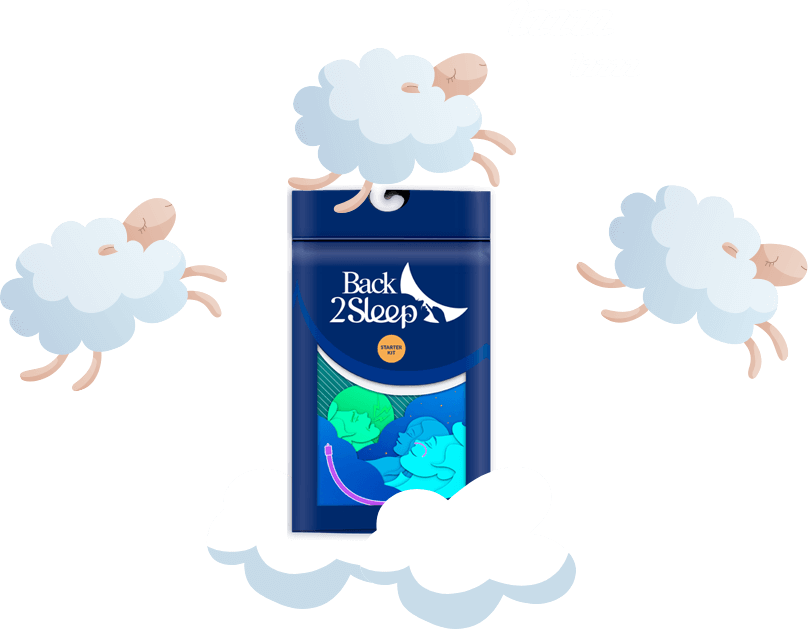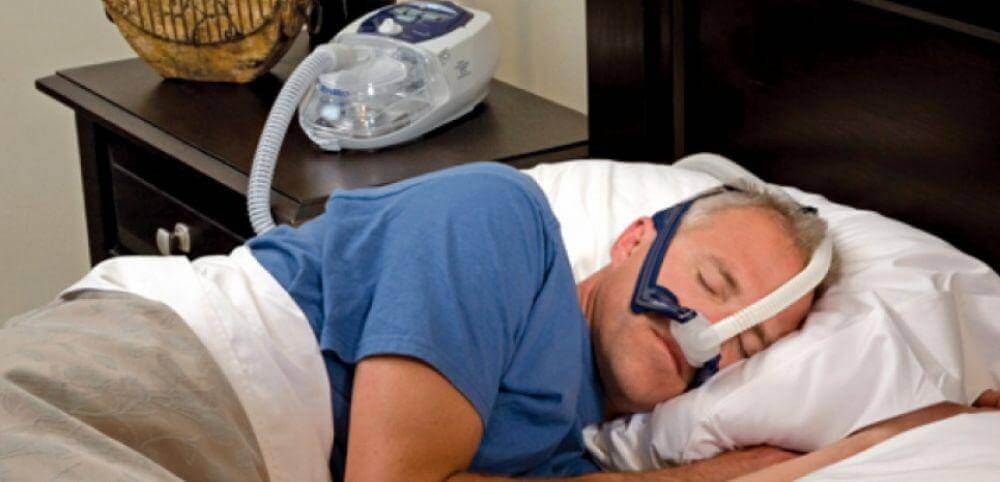CPAP, or Continuous Positive Airway Pressure, is an essential therapeutic solution for people suffering from obstructive sleep apnea (OSA). This respiratory disorder, characterized by repeated pauses in breathing during sleep, has significant consequences for quality of life and health. The sleep apnea often associated with loud snoring and daytime sleepiness, are the result of upper airway collapse.
PPC works by insufflating air at a slightly higher pressure than atmospheric through a nasal or face mask, keeping the airways open during the night. This continuous positive pressure ventilation preventspharyngeal obstruction and allows patients to breathe without interruption, promoting restful sleep and reducing the risks associated with OSA, such ashigh blood pressure, cardiovascular disorders and excessive daytime sleepiness .
Adoption of this CPAP device requires personalized adaptation and follow-up by a healthcare professional, usually a pulmonologist or sleep specialist, to adjust pressure parameters and ensure comfortable, efficient use.
Sleep apnea: CPAP equipment to assist patient breathing
2 to 4 % of the population suffers from it, obstructive sleep apnea hypopnea syndrome affects many individuals, sometimes without their knowledge. It is manifested by long, frequent pauses in breathing during nocturnal sleep : in these conditions, sleep is interspersed with micro-awakenings. Upon awakening and throughout the day, sleep apnea sufferers experience disproportionate fatigue. Another harmful consequence of this sleep disorderis that the oxygen level in the blood drops considerably: the cardiac risk is high.
When sleep apnea is diagnosed - following a medical examination such as a polysomnography or ventilatory polygraphy - the patient may be prescribed a continuous positive airway pressure machine.
Note: sleep apnea is characterized when the apnea hypopnea index (AHI) is greater than 5. From 5 to 15, sleep apnea is considered mild, moderate from 15 to 30 and severe beyond that.

Prescription of a CPAP device: the symptoms of sleep apnea
CPAP is indicated for the treatment of sleep apnea. But how do you detect this pathology? Symptoms can be observed both at night and during the day.
Nocturnal symptoms of sleep apnea :
- Noisy snoring.
- Breathing interrupted.
- Feeling of suffocation.
Daytime symptoms of SAHOS :
- Fatigue and drowsiness.
- Drowsiness at the wheel.
- Difficulty concentrating.
The occurrence of these symptoms should lead to thorough medical examinations with a view to prescribing CPAP equipment.
What are the risk factors for SAHOS?
Certain individuals are predisposed to sleep apnea, notably men, the elderly and people who are overweight or obese. The latter are likely to develop obstructive sleep apnea hypopnea syndrome, as fat deposits settle in the back of the throat, obstructing the respiratory ducts during the night.
The different types of CPAP equipment and their specific features
There are two main types of CPAP device : fixed and self-adjusting. Fixed devices maintain a constant pressure throughout the night, adjusted to the patient's specific needs. Self-adjusting devices, on the other hand, adapt pressure in real time according to sleep phases and possible respiratory events.
Some models offer additional features, such as humidification to enhance nasal comfort, or integrated monitoring systems for tracking respiratory parameters. Choosing the right device for the severity of sleep-disordered breathing and personal preferences is crucial to ensure optimal compliance.
Fixed versus self-adjusting CPAP devices: advantages and disadvantages
Fixed CPAP devices offer constant pressure, which is beneficial for patients with severe sleep apnea, as they require a constant high pressure to keep the airways open. However, some patients find continuous pressure uncomfortable, especially when falling asleep, which can affect their treatment.
Conversely, self-adjusting devices adjust pressure according to the patient's needs throughout the night, reducing discomfort and nocturnal awakenings. They are particularly suited to patients with significant variations in apnea severity, or those who have difficulty tolerating a fixed pressure. However, they can be more expensive and are not always necessary for all patients.
The choice between a fixed or self-adjusting device depends on a number of factors, including the severity of sleep apnea, personal comfort and the recommendations of the treating physician.
Accessories and comfort options for PPC equipment
To enhance the experience of patients using CPAP equipment, a range of accessories and comfort options are available.
Heated humidifiers are popular additions, as they help prevent nasal dryness and airway irritation, making therapy more tolerable.
Face masks, nasal masks or nasal pads are tailored to individual preferences, ensuring a comfortable fit and a good seal.
Heated hose covers prevent the condensation of moisture in the hose, a common phenomenon that can disrupt sleep. For those who feel restricted by tubing, there are tubing supports and tubing management systems for greater freedom of movement during sleep.

Care and hygiene of a PPC equipment
Keeping your CPAP equipment in optimum condition is crucial not only to the effectiveness of the treatment, but also to preventing infections and other complications. Regular, meticulous maintenance is therefore essential. The mask and hose should be cleaned daily with lukewarm water and mild soap, rinsing thoroughly to remove any soap residue.
The water tank should be emptied and cleaned weekly to prevent the growth of bacteria. In addition, the unit's filters must be checked and replaced in accordance with the manufacturer's recommendations. It is also important to regularly check the condition of the hose and joints to ensure there are no leaks, which could compromise the pressure delivered and therefore the effectiveness of the treatment.
Cleaning and regular maintenance of your PPC machine
Start by unplugging the unit and disassembling the various removable parts. Clean the mask and headgear daily with a soft, damp cloth.
Use lukewarm water and mild soap to clean the hose and water tank at least once a week. Allow components to air dry, away from direct sunlight.
Regularly check the condition of filters and replace them according to the manufacturer's recommendations. These simple but essential steps will ensure the longevity of your appliance and impeccable hygiene.
When should you replace your CPAP device?
The lifespan of a CPAP device varies, but there may be signs that it's time to replace it.
A drop in treatment efficiency, abnormal noises or variations in air pressure are potential indicators. What's more, if you notice any cracks or damage to the mask, hose or other components, it's imperative to replace them to maintain a good seal and functionality.
As technology is constantly evolving, a more recent device can also offer greater comfort and advanced features. Consult your healthcare professional regularly to assess the condition of your device and discuss replacement options.








